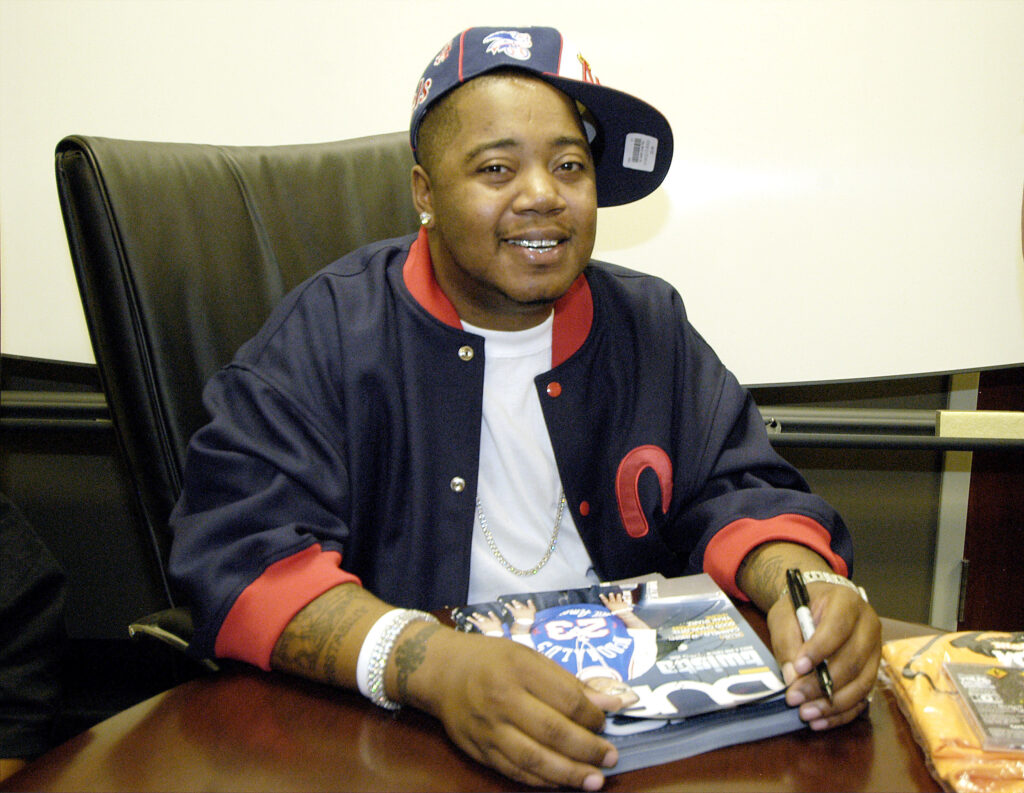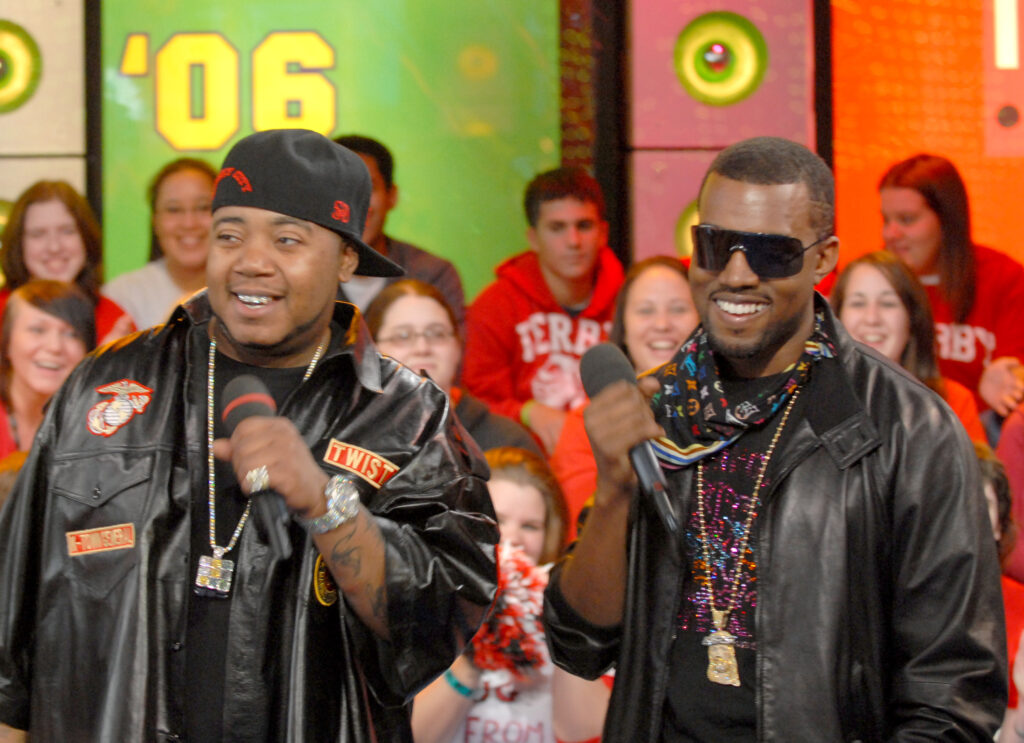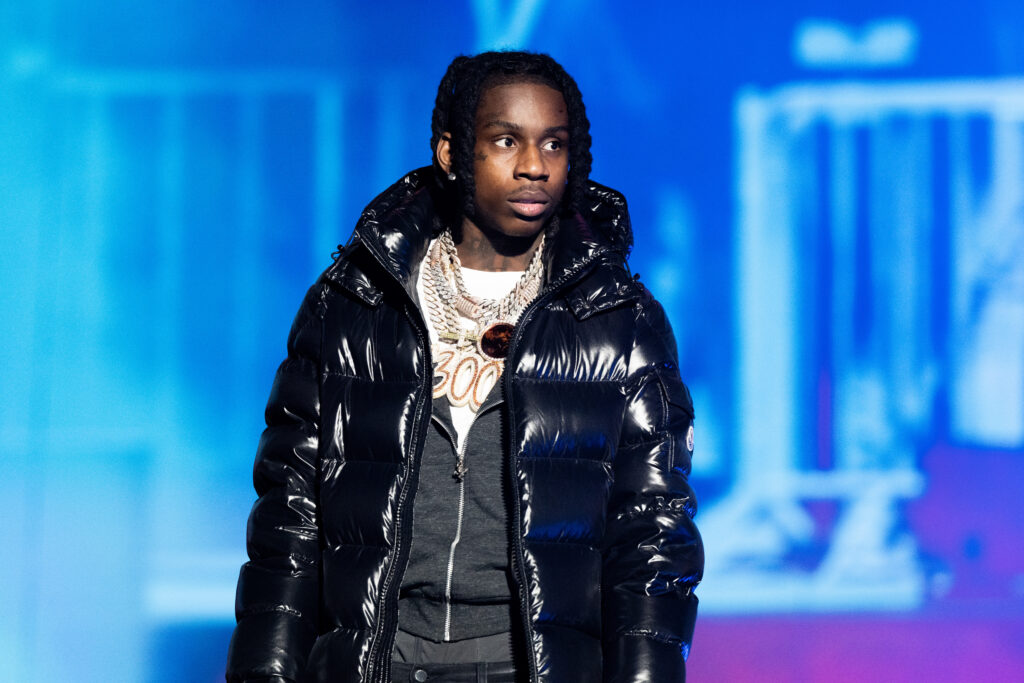Chief Keef emerged from Chicago’s South Side to become one of the most influential figures in modern hip-hop. His raw lyricism and distinctive delivery played a pivotal role in popularizing the drill music genre. Born Keith Cozart, the rapper’s work reflects the harsh realities of his upbringing and reshaped contemporary rap’s soundscape. Chief Keef’s breakout tracks have consistently showcased his unique ability to translate Chicago’s street life’s gritty, unfiltered essence into compelling music. This has also helped earn him a dedicated following and critical acclaim.
Further, Keef’s influence extends beyond his musical output, impacting fashion, slang, and the overall aesthetic of street culture. His rebellious persona and innovative style have earned him a place in the annals of hip-hop history. This exploration of five essential songs provides a deeper understanding of his artistic journey and the legacy he continues to build. By dissecting these tracks, we gain insight into the elements that define Chief Keef’s sound and his significant contribution to the genre.
1. “I Don’t Like” (2012)
“I Don’t Like,” released in 2012, is arguably the track that propelled Chief Keef to mainstream recognition. Produced by Young Chop, the song features a menacing beat paired with Keef’s straightforward and confrontational lyrics. The track quickly became an anthem, reflecting the frustration and defiance of youth in Chicago’s troubled neighborhoods. Its repetitive, hard-hitting chorus and raw delivery set it apart from the polished productions that dominated the charts at the time.
A high-profile remix featuring Kanye West, Pusha T, Jadakiss, and Big Sean amplified the song’s impact and further cemented its place. This remix not only brought more attention to Chief Keef and the Chicago drill scene but also showcased the growing influence of this new sound on established artists. “I Don’t Like” highlighted the stark realities of street life. It offered a gritty counterpoint to the mainstream hip-hop of its era and set the stage for Chief Keef’s continued influence in the industry.
2. “Love Sosa” (2012)
Another cornerstone of Chief Keef’s discography, “Love Sosa,” exemplifies his knack for creating catchy yet hard-hitting tracks. Released in 2012 as part of his debut studio album Finally Rich, the song’s melodic hooks and infectious energy quickly made it a fan favorite. The track opens with a memorable intro by fellow GBE member Lil Reese, setting the stage for Keef’s assertive verses. Its production, characterized by booming bass and eerie synths, perfectly complements Keef’s vocal style.
“Love Sosa” solidified Chief Keef’s reputation as a leading figure in the drill music movement. The song’s widespread appeal helped introduce Chicago’s streets’ raw and unfiltered sounds to a broader audience. Its influence extended beyond music, impacting fashion trends and street culture. With its blend of melodic elements and hard-hitting lyrics, “Love Sosa” remains a defining track in Chief Keef’s career.
3. “Hate Bein’ Sober” (2012)
Released as a single from his debut album Finally Rich, “Hate Bein’ Sober” captures Chief Keef’s unfiltered approach to music and life. The track features guest appearances from 50 Cent and Wiz Khalifa, combining street credibility and mainstream appeal. The production, driven by infectious synth lines and heavy bass, creates an anthemic vibe that complements the song’s rebellious themes.
Despite the collaborative star power, Chief Keef’s presence remains the focal point, with his delivery and candid lyrics about the struggles and escapism associated with substance use. The song’s relatable themes also resonated with a wide audience. “Hate Bein’ Sober” highlights Keef’s influence on the drill scene and showcases his ability to cross over into mainstream success while maintaining his authentic voice.
4. “Faneto”
“Faneto” is one of Chief Keef’s most iconic tracks, despite not being attached to a major album release. The song, included in his mixtape Back From the Dead 2 (2014), quickly became an underground hit. Its minimalist production allows Keef’s aggressive delivery to take center stage. The lyrics, filled with braggadocio and defiance, reflect Keef’s unyielding persona and his dominance in the rap game.
The track’s impact extends beyond its initial release, becoming an anthem at concerts and social gatherings. “Faneto” is celebrated for its role in firming Chief Keef’s status as a pioneer of the drill movement. Its enduring popularity is a testament to Keef’s influence and the song’s ability to capture the essence of Chicago’s street culture. “Faneto” remains a powerful statement of independence and resilience.
5. “Citgo”
As one of the standout tracks from his debut mixtape Bang (2011), “Citgo” demonstrates Chief Keef’s early sound and raw potential. The song’s production, with its haunting melodies and heavy bass, creates a dark, immersive atmosphere that complements Keef’s gritty delivery. His lyrics paint a vivid picture of life in Chicago’s rough neighborhoods, highlighting the struggles and the defiance that define his music.
“Citgo” showcases Keef’s ability to blend introspection with street narratives, offering listeners a glimpse into his world. The track’s haunting beat and memorable hooks have made it a lasting favorite among fans, further establishing Keef’s reputation as a pioneer of the drill genre. Its influence can be seen in the work of many following artists, making “Citgo” a crucial piece of Keef’s musical legacy.
The post Chief Keef Essential Songs appeared first on HotNewHipHop.




